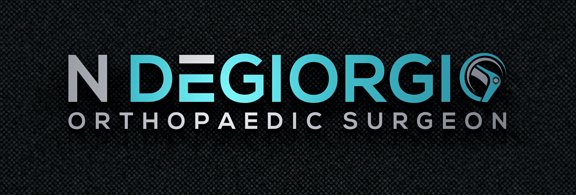STANDARD ROTATOR CUFF REPAIR PROTOCOL
This rehabilitation protocol has been developed for the patient following a rotator cuff surgical procedure. This protocol will vary in length and aggressiveness depending on factors such as:
Size and location of tear
Degree of shoulder instability/laxity prior to surgery Acute versus chronic condition
Length of time immobilized
Strength/pain/swelling/range of motion status
Rehabilitation goals and expectations
Early passive range of motion is highly beneficial to enhance circulation within the joint to promote healing. The protocol is divided into phases. The overall goals of the surgical procedure and rehabilitation are to:
Control pain, inflammation, and effusion
Regain normal upper extremity strength and endurance
Regain normal shoulder range of motion
Achieve the level of function based on the orthopedic and patient
goals
The physical therapy should be initiated within the first week and one half to two full weeks post-op. The supervised rehabilitation program is to be supplemented by a home fitness program where the patient performs the given exercises at home or at a gym facility.
Important post-op signs to monitor:
Swelling of the shoulder and surrounding soft tissue
Abnormal pain response, hypersensitive-an increase in night pain Severe range of motion limitations
Weakness in the upper extremity musculature
Return to activity requires both time and clinical evaluation. Return to intense activities following a rotator cuff repair require both a strenuous strengthening and range of motion program along with a period of time to allow for tissue healing. Symptoms such as pain, swelling, or instability should be closely monitored by the patient.
Phase 1: Week 1-6 Rotator Cuff Repair
WEEK EXERCISE
1-6 ROM
Pendulum exercises Elbow (flex/ext) range of motion
Initiate STRENGTH
NO Active Shoulder flexion or abduction allowed in the first 6 weeks
Grip strengthening with putty or ball BRACE
Brace for 6 weeks
Brace removed to perform exercises above
MODALITIES
Ice 15-20 minutes
GOALS OF PHASE:
Promote healing of repaired rotator cuff Control pain and inflammation
Gradual increase of ROM
Delay muscle atrophy
GOAL
Gradual
Phase 2: Week 6-12 Rotator Cuff Repair
WEEK EXERCISE
6-12 ROM
Continue all ROM 10-12 wk Posterior capsule stretching
GOAL
Full ROM
STRENGTH
MODALITIES
GOALS OF PHASE:
Manual rhythmic stabilization exercises at 90 flex Shoulder shrugs with resistance
Shoulder retraction with resistance
Supine punches with resistance
Prone shoulder extension
Prone rowing
Prone ER with abduction
Initiate forward flexion, scaption, empty can Sidelying ER
Bicep/Tricep work
Isokinetic ER/IR at neutral at week 10-12
Ice 15-20 minutes
Initiate Grade III-IV joint mobs as needed Rope/Pulley (flex, abd, scaption)
Towel stretching
Wand activities in all planes
Minimize pain and swelling
Reach full ROM
Improve upper extremity strength and endurance Enhance neuromuscular control
WEEK
12-24 ROM
STRENGTH
Phase 3: Week 12-24 Rotator Cuff Repair
EXERCISE
Continue with all ROM activities from previous phases Posterior capsule stretching
Towel stretching
Grade III-IV joint mobs as needed for full ROM
Progress strengthening program with increase in resistance and high speed repetition
Initiate IR/ER exercises at 90 abduction
Progress rhythmic stabilization activities to include
standing PNF patterns with tubing Initiate single arm plyotoss
Initiate military press, bench press, flys, lat pulldowns UBE for strength and endurance
Initiate sport specific drills and functional activities Initiate light upper body plyometric program week 16-20 Progress isokinetics to 90 abduction at high speeds
MODALITIES
Ice 15-20 minutes
GOALS OF PHASE:
Full painless ROM
Maximize upper extremity strength and endurance Maximize neuromuscular control
Initiate sports specific training/functional training
